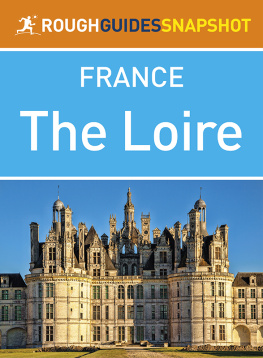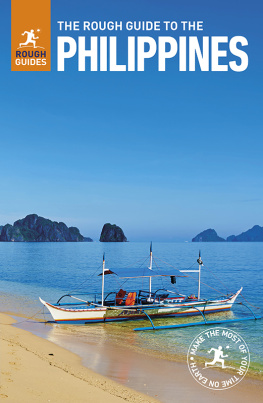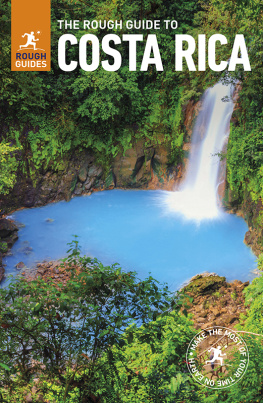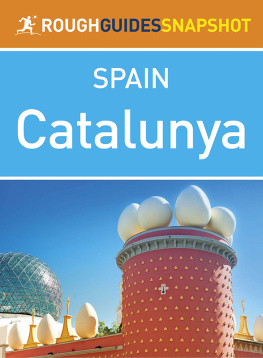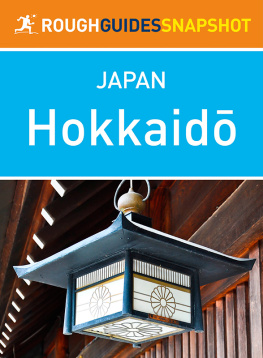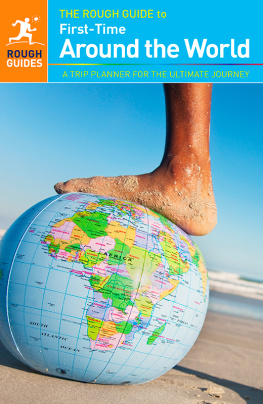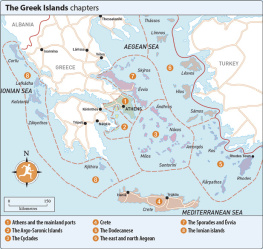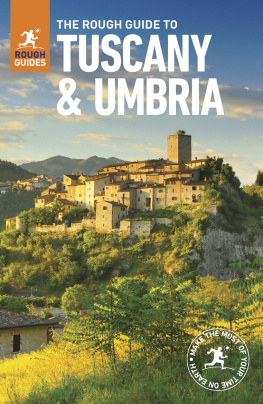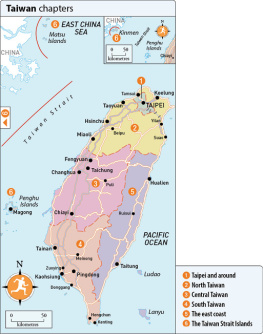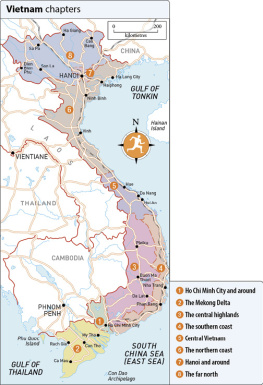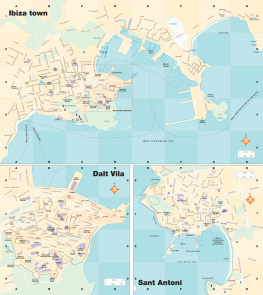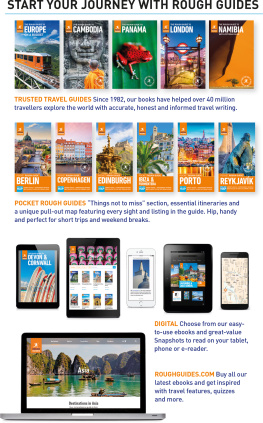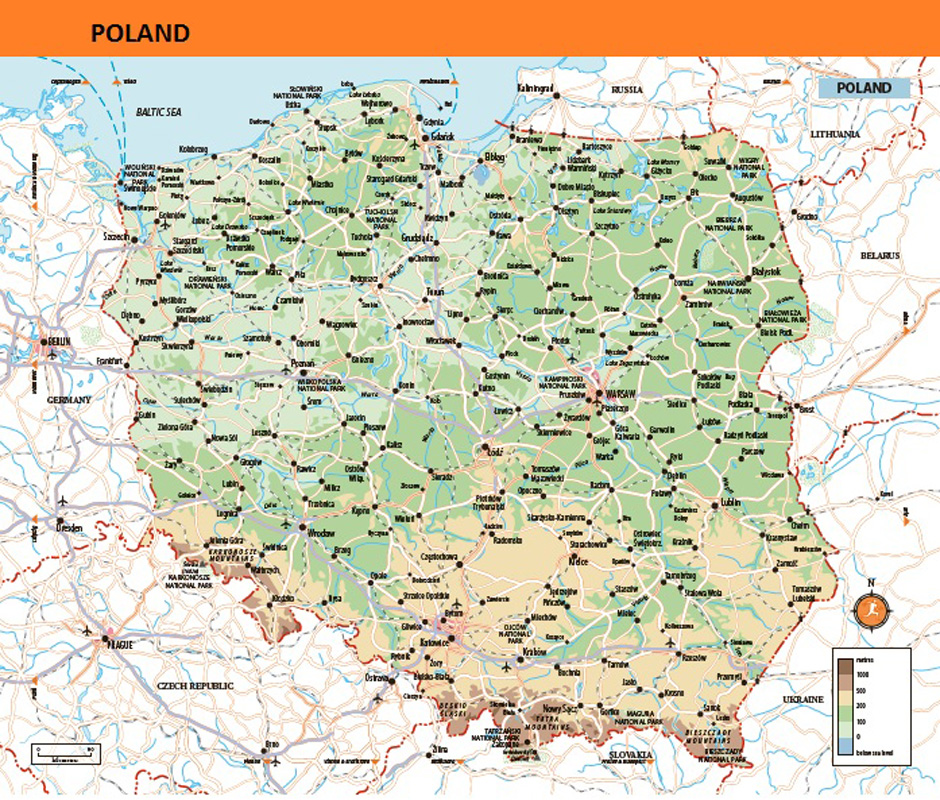
Contents
Introduction to
Poland
Of all Europes countries, Poland is the one that has changed the most in recent decades. All of its major cities have been through a process of major reinvention, opening flashy new museums, laying out new parks and brushing up their heritage with a spate of renovation. Gleaming corporate skyscrapers have taken root in Warsaw, the one East European capital that looks like a city of the future as well as a monument to the past. And yet, at the same time, the country remains deeply traditional: folk culture is still an integral part of the contemporary scene, religious festivals are enthusiastically observed and vast tracts of rural Poland retain an unhurried, un-modernized feel. Theres an awful lot of wild nature, too, from the drifting dunes of the Baltic coast to the dense forests of the east, and the magnificent mountain chains that mark the countrys southern borders.
Polands transformation is all the more remarkable when one considers that it was a communist -ruled one-party state from the late 1940s until 1989. In many ways it was Polands resistance to communism that kicked off the whole systems collapse, with the birth of the Solidarity trade union in 1980 and the imposition of martial law in 1981 demonstrating that communism throughout Eastern Europe had gone into irreversible decline. Two decades of non-communist governments have wrought profound changes on the country, unleashing entrepreneurial energies and widening cultural horizons in a way that pre-1989 generations would have scarcely thought possible. Most importantly, the country has a radically different look about it, having exchanged the greyish tinge of a state-regulated society for the anything-goes attitude of private enterprise and all the billboards and window displays that go with it.
Much of Polands recent transformation is a direct consequence of joining the European Union in 2004. Almost all of the things built in Poland in the ensuing years were paid for, either wholly or in part, by EU funds. EU membership has also seen the exodus of Poles seeking work in other member states (a number that peaked at over 2 million in 2007), reducing unemployment at home and bringing money into the local economy through remittances sent back to the mother country. More Europeans (usually tourists) are visiting Poland, too, thanks in part to budget airlines theres hardly a single Polish city that doesnt have some kind of connection with the UK, Ireland or Europe at large. However, attitudes to the EU remain ambiguous in Poland itself. EU membership has allowed foreign investors to buy up large chunks of the Polish economy, and also encouraged (either consciously or not) the growth of a cosmopolitan, liberal culture of which many conservative Poles disapprove.
Indeed, Polish society outside the big cities remains fundamentally traditional, maintaining beliefs and a sense of nationhood in which the Catholic Church occupies a central position. During periods of foreign oppression oppression so severe that Poland as a political entity has sometimes vanished altogether from the maps of Europe the Church was always the principal defender of the nations identity, so that the Catholic faith and national independence have become fused in the Polish consciousness. The physical presence of the Church is inescapable wherever you travel, whether in Baroque buildings, roadside shrines or images of the national icon, the Black Madonna of Czstochowa.
Poland is also a remarkably ethnically homogenous place. The countrys significant Jewish community, numbering some 3.2 million in 1939, was almost entirely wiped out during the Holocaust. Before World War II Poland included eastern territories that harboured significant Belarusian and Ukrainian minorities, but in 1945 the Soviet -dominated nation was given new borders, losing its eastern lands to the USSR and gaining tracts of formerly German territory in the west. Germans were expelled, to be replaced by Polish migrants from the east, with the result that the population of Poland today is far more uniformly Polish than in any previous century.
FACT FILE
Poland occupies a vast swathe of territory in north-central Europe, bordered by Germany to the west, the Czech Republic and Slovakia to the south, and Ukraine, Belarus, Lithuania and Russia to the east.
Much of northern and central Poland is made up of agricultural plainland and gently rolling countryside, although the Tatra and Carpathian mountains in the south provide a dramatic contrast.
Its population of 38.5 million is predominantly both Polish and devoutly Catholic , although, unsurprisingly for a country which has changed its borders many times in the past, significant pockets of Ukrainians, Belarusians, Bojks and emks exist in the east of the country.
Traditionally, Poland is known for its ship-building, coal and steel industries , although these days cosmetics, medicines and textile products often made under licence for Western conglomerates are increasingly important sources of foreign income.
Polands national tipple, wdka , dates back to the early Middle Ages, when the first Polish vodkas appeared. Called gorzakas , they were primarily used as medicines.
About thirty percent of the country is covered by forest . This includes Biaowiea Forest, one of last surviving stretches of primeval forest in Europe.
Unsurprisingly, symbols of Polish national heritage are everywhere, from the beautifully restored Old Towns of the main cities to the former aristocratic palaces of the east. One of the hallmarks of the new Poland is its ability to give this heritage contemporary shape, evidence of which is provided by the plethora of outstanding, media-savvy new museums that have sprung up all over Poland, from the POLIN Museum of the History of Polish Jews in Warsaw, to the European Solidarity Centre in Gdask, the Emigration Museum in Gdynia, the Brama Poznania in Pozna, the Stara Kopalnia in Wabrzych, the Silesia Museum in Katowice, the Home Army Museum in Krakw the list goes on. Theres arguably no other country in Europe that has laid its history and culture out for the visitor in such an accessible, well-designed way.
Where to go
Poles delineate their countrys attractions as the mountains, the sea and the lakes, their emphasis firmly slanted to the traditional rural heartlands . However, the last two decades have seen the inexorable rise of Polands cities as the main motors of cultural change, and its these that have sprung into the international consciousness as hot-tip destinations for those who want to soak up central European history, immerse themselves in the arts, or stay up all night sampling hipster pubs, vodka bars and DJ-powered dancefloors. Poland can boast seven urban agglomerations of half a million people or over, each of which has its own personality, gastro-scene and distinctive nightlife, not to mention a wealth of (frequently very new) museums. Most regional cities have airports served by international budget carriers, ensuring that youre spoiled for choice when it comes to deciding where to start and finish your trip.


